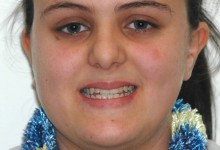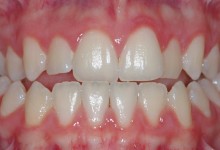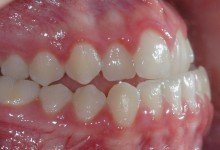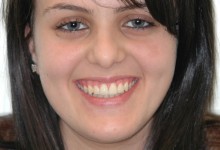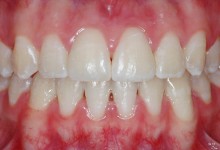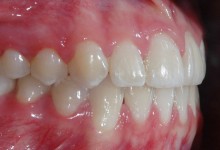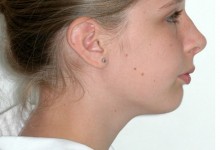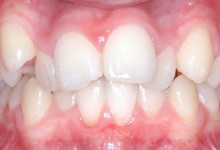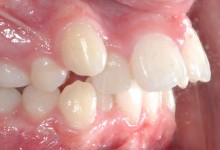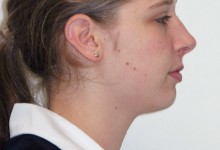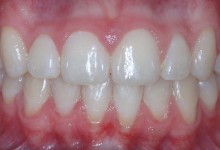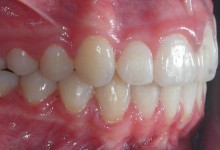Plates
Plates and Two Phase Treatment
Plates are often used in Orthodontics as part of early treatment for a number of reasons and are customized to address and intercept developing orthodontic problems in a growing child. They can be used for simple tooth movements, or as part of two-phase treatment to improve the alignment of the jaws first.
Advantages of Two-phase orthodontic treatment
Two-phase orthodontic treatment is a specialized process combining tooth straightening and physical, facial changes. The purpose of two-phase treatment is to maximize the opportunity to achieve the ideal healthy, functional and aesthetic smile that will remain healthy and beautiful throughout life.
Phase One
A properly aligned bite is healthy and gives a child confidence.
The goal of Phase One treatment is to help the jaw develop in a way that will accommodate all of the permanent teeth and improve the way the upper and lower jaws fit together.
Children often exhibit early signs of jaw alignment problems. An upper jaw that is too narrow or a lower jaw that is under-developed can be recognized at an early age and appropriately treated using a functional appliance (plate) and the child’s continuing growth and development.
Functional appliances are plates used to correct a significant disharmony between the upper and lower jaws, and they work by influencing the growth of the jaw.
The most common use of a functional appliance is to encourage the forward growth of a lower jaw that is under-developed or retrusive and has resulted in an ‘overbite’.
We can also use plates or functional appliances to widen a narrow arch, making room for all the adult teeth, eliminating ‘crossbites’ and improving jaw alignment and function. This appliance may eliminate the need for extracting teeth later.
Another use for phase one treatment is in the correction of ‘underbites’, which may be caused due to a disharmony of the upper and lower jaw growth. These are perhaps one of the more urgent bite problems to be assessed and managed early, as early treatment can greatly reduce the extent and invasiveness of future treatment, such as surgery to realign the jaws.
Children benefit tremendously from early phase treatment. Early treatment of certain bite problems has also been shown to significantly improve the child’s confidence and social development.
Resting and Review Period
During this time, the remaining permanent teeth are left alone as they erupt. Retaining devices may not be recommended if they would interfere with eruption. It is best to allow the existing permanent teeth some freedom of movement. A successful first phase will have created room for permanent teeth to find an eruption path. Otherwise, they may become ‘Impacted’ or severely displaced. Sometimes, selective removal of certain baby teeth may be in the best interest of enhancing eruption during this resting and review period.
Phase Two
Straighter teeth for good oral health
Functional appliances align the jaws, not the teeth. The second phase begins when all the permanent teeth have erupted, and usually requires braces on all the teeth.
The goal of the second phase is to make sure each tooth has an exact healthy location in the mouth where it is in harmony with the lips, cheeks, tongue, and other teeth. When this equilibrium is established, the teeth will function together properly. Retainers are worn after this phase to ensure you retain your beautiful smile.
Beautiful results
The final result is a beautiful smile, with a properly aligned bite and straight teeth, which helps maintain proper chewing, clear speech, and excellent oral health.
Orthodontic Problem
Recessive and narrow upper jaw and underbite.
Treatment
Growth modification (1st phase treatment) to improve jaw alignment, followed with braces treatment to align the teeth.
Orthodontic Problem
Recessive lower jaw, overbite and crowding.
Treatment
Growth modification (plate treatment) to improve jaw alignment, followed with braces treatment to align the teeth.


